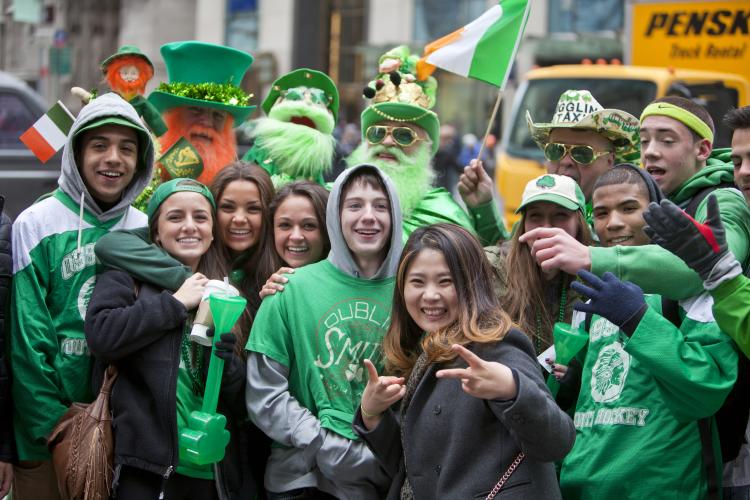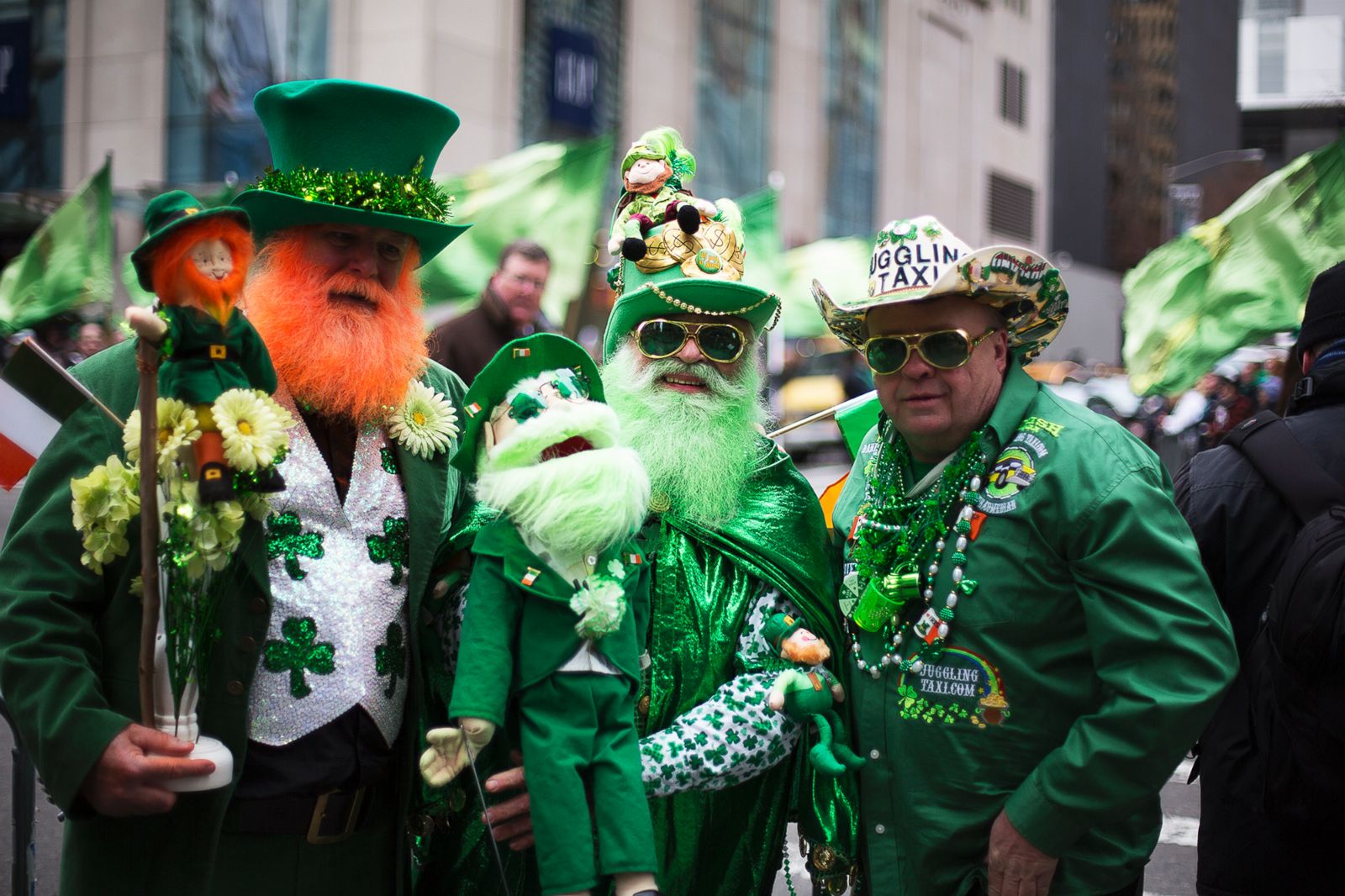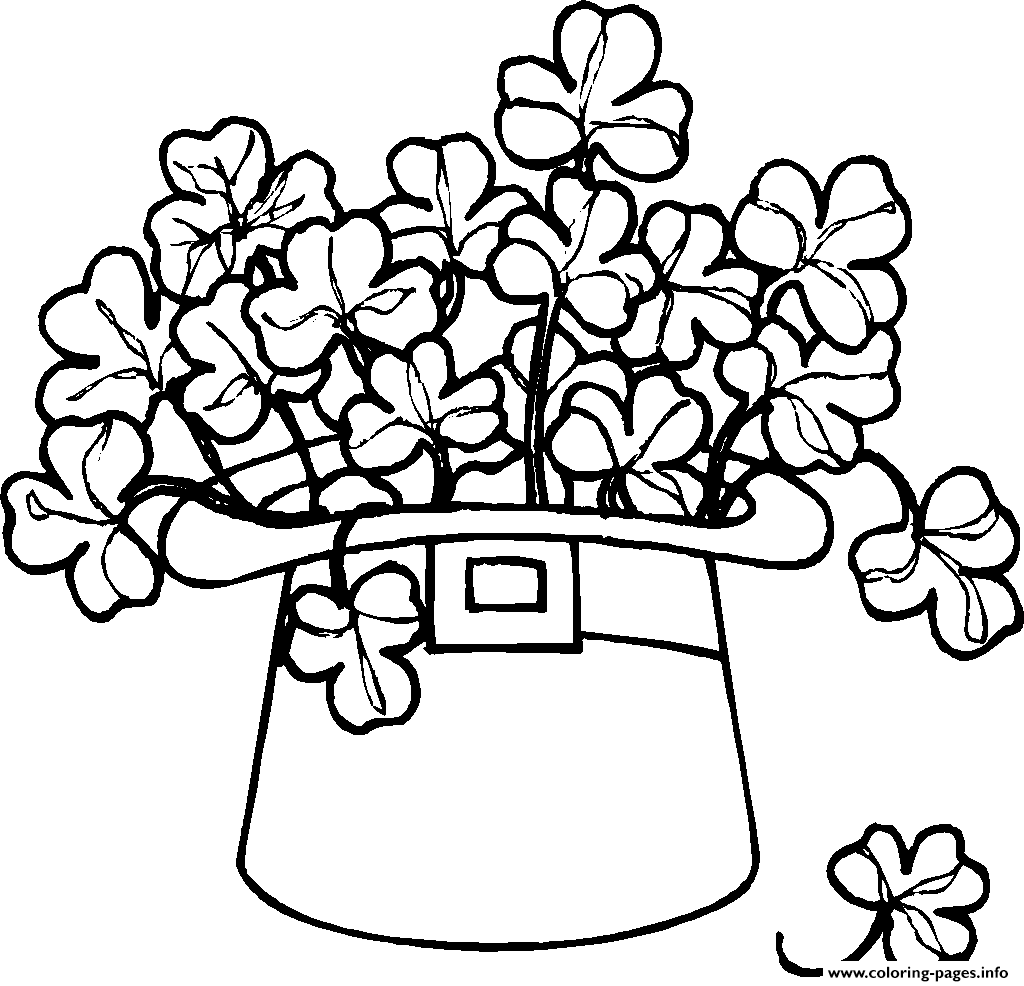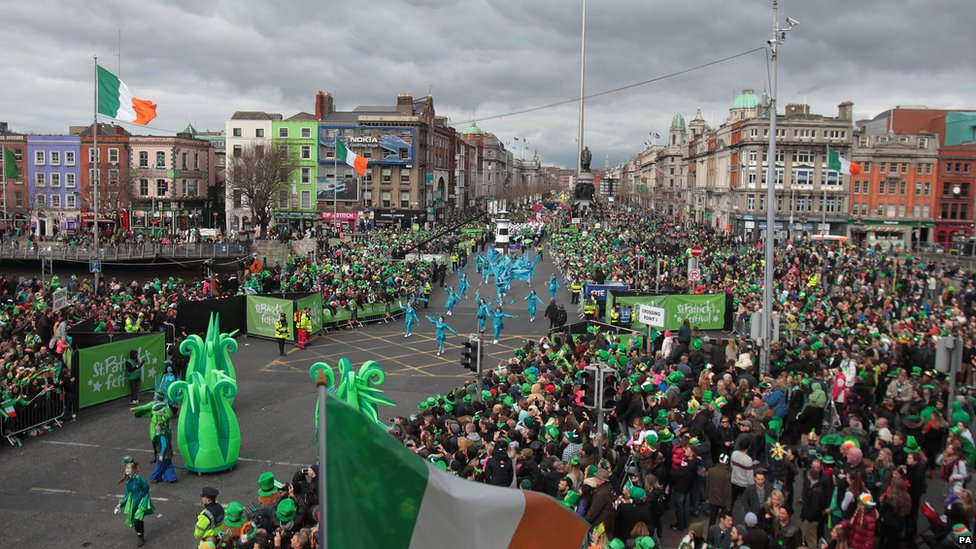Gallery
Photos from events, contest for the best costume, videos from master classes.
 |  |
 |  |
 |  |
 |  |
 |  |
 |  |
St. Patrick’s Day usually conjures images of partying, Catholicism, Irish nationalism and, perhaps most famously, the color green: green clothes, green shamrocks, green beer and green rivers. Get ready to celebrate the luck of the Irish with these 36 St. Patrick's Day coloring pages that are all free to download and print! St. Patrick's Day is a holiday celebrated worldwide, honoring the patron saint of Ireland and the country's rich culture and traditions. What better way to celebrate this day than with these fun coloring sheets! 7. Blue Was the Original Color of St. Patrick’s Day. Before green became the signature color of St. Patrick’s Day, blue was actually the color associated with the holiday. Green became more popular over time due to Ireland’s nickname, “The Emerald Isle,” and the shamrock’s vibrant hue. 8. St. Patrick’s Day Used to Be a Dry Holiday We get asked what was the original color associated with St. Patrick a fair bit in the lead up to the ‘big day’. The answer is blue! It’s one of the lesser-known St. Patrick’s Day facts with many associating green with Ireland’s Patron Saint . Patrick was first represented by the color blue. This 13th-century image of St. Patrick depicts Ireland's patron saint in a blue robe. Why was St. Patrick’s original color blue? The earliest The Irish government didn’t recognize St. Patrick’s Day as a public holiday until 1903, and the first parade in Dublin wasn’t held until 1931. Even pubs remained closed on March 17 until 1961. In recent years, the colors of St. Patrick’s Day have also been used in advertising and marketing campaigns, from beer to clothing brands. The Cultural Significance of St. Patrick’s Day Colors. The colors associated with St. Patrick’s Day have a deep cultural significance, representing the country’s rich heritage and traditions. Discover why blue, not green, was once the color of St. Patrick's Day and how this changed with Irish nationalism and immigration to the US. Free St. Patrick’s Day worksheets and St. Patrick’s Day printables for celebrating the spring season in your classroom. You’ll find St. Patrick’s Day coloring pages, St. Patrick’s Day templates, games, activity pages, shamrock mazes, preschool worksheets, and more! Green is by far the most popular of the St. Patrick’s colors. However, the original color associated with the patron saint of Ireland, Saint Patrick, was blue! Keep reading to learn the meanings of all the St. Patrick’s Day colors and how they came to be associated with this holiday. Description. Celebrate the luck of the Irish with our ‘St. Patrick’s Day Color Palettes’ collection! This vibrant assortment features an array of green hues, complemented by lively golds and soft earth tones that embody the spirit of the holiday. Green is typically worn on St. Patrick's Day because of the color's symbolism. "The Irish Americans would wear the green as a reminder that they were nationalists first and foremost," explains Witt. How did an Irish saint’s day become an American thing? The short answer: Irish people came to America and brought their culture with them. St. Patrick’s Day observances date back to before the founding of the U.S., in places like Boston and New York City. The first parade was held in Manhattan in 1762. St. Patrick’s Day usually conjures images of partying, Catholicism, Irish nationalism and, perhaps most famously, the color green: green clothes, green shamrocks, green beer and green rivers. Formally called The Order of Saint Patrick, the symbolic color became known as “Saint Patrick’s Blue.” To this day, several sports teams in Ireland wear Saint Patrick’s Blue on their uniforms. Beyond the Colors: The Spirit of St. Patrick’s Day. While the colors of St. Patrick’s Day hold deep historical and cultural significance, it’s important to remember that the true essence of the holiday lies in its spirit of celebration, community, and cultural pride. St. Patrick’s Day usually conjures images of partying, Catholicism, Irish nationalism and, perhaps most famously, the color green: green clothes, green shamrocks, green beer and green rivers. St. Patrick’s Day usually conjures images of partying, Catholicism, Irish nationalism and, perhaps most famously, the color green: green clothes, green shamrocks, green beer and green rivers. In conclusion, the colors associated with St. Patrick’s Day have a rich history and symbolism that extends beyond their association with the shamrock and Saint Patrick’s Day. Green, orange, and white are colors that represent Ireland’s love for its land, its people’s connection to the earth, and the country’s complex history and Every year on March 17, people around the world celebrate St. Patrick’s Day, honoring the patron saint of Ireland. But what started as a religious feast has evolved into a vibrant, global celebration of Irish culture.
Articles and news, personal stories, interviews with experts.
Photos from events, contest for the best costume, videos from master classes.
 |  |
 |  |
 |  |
 |  |
 |  |
 |  |